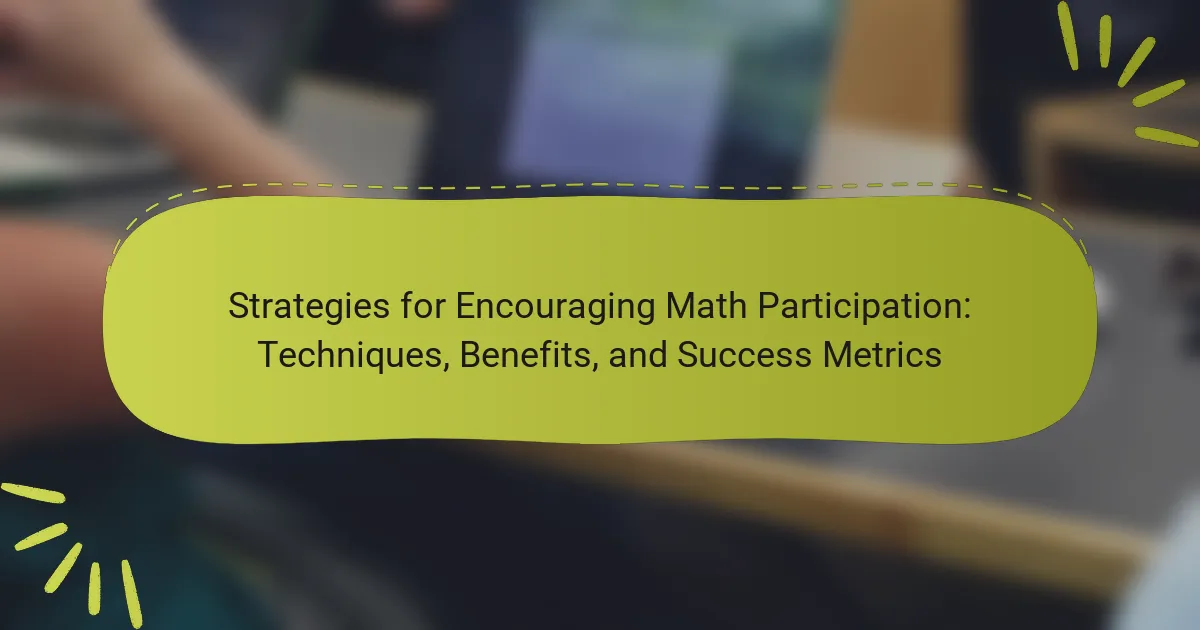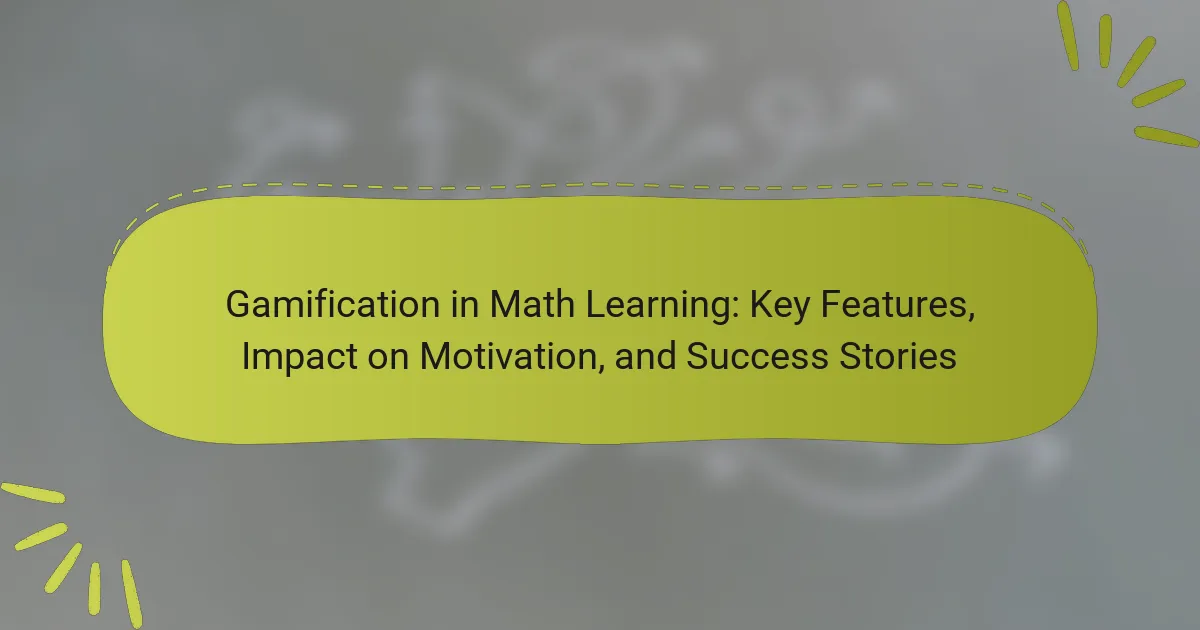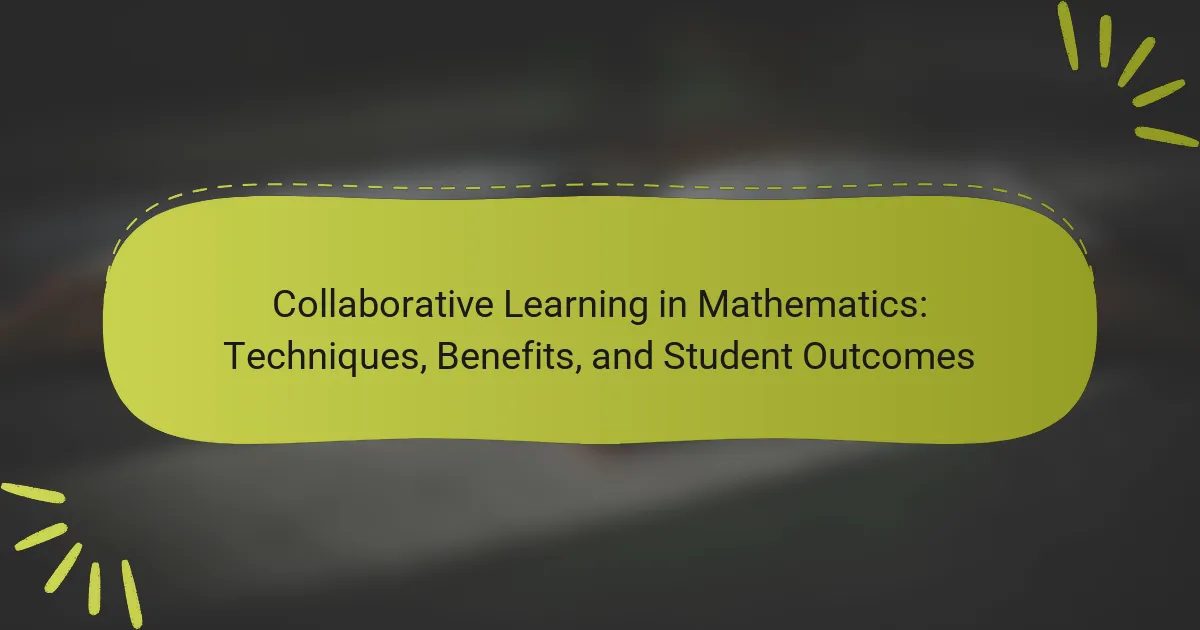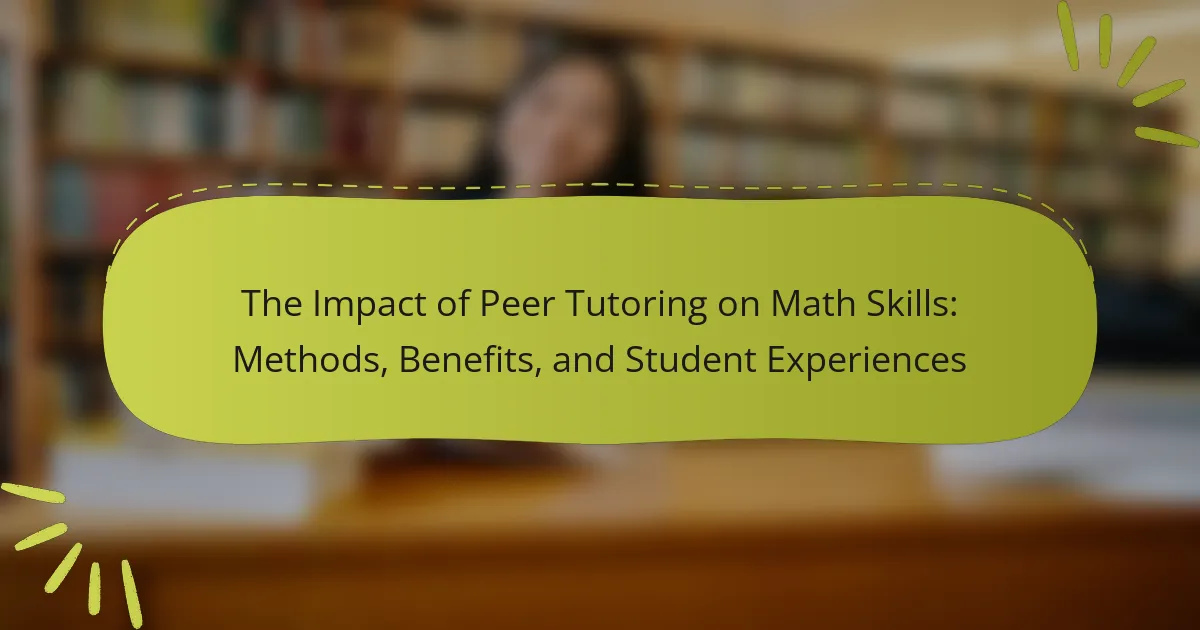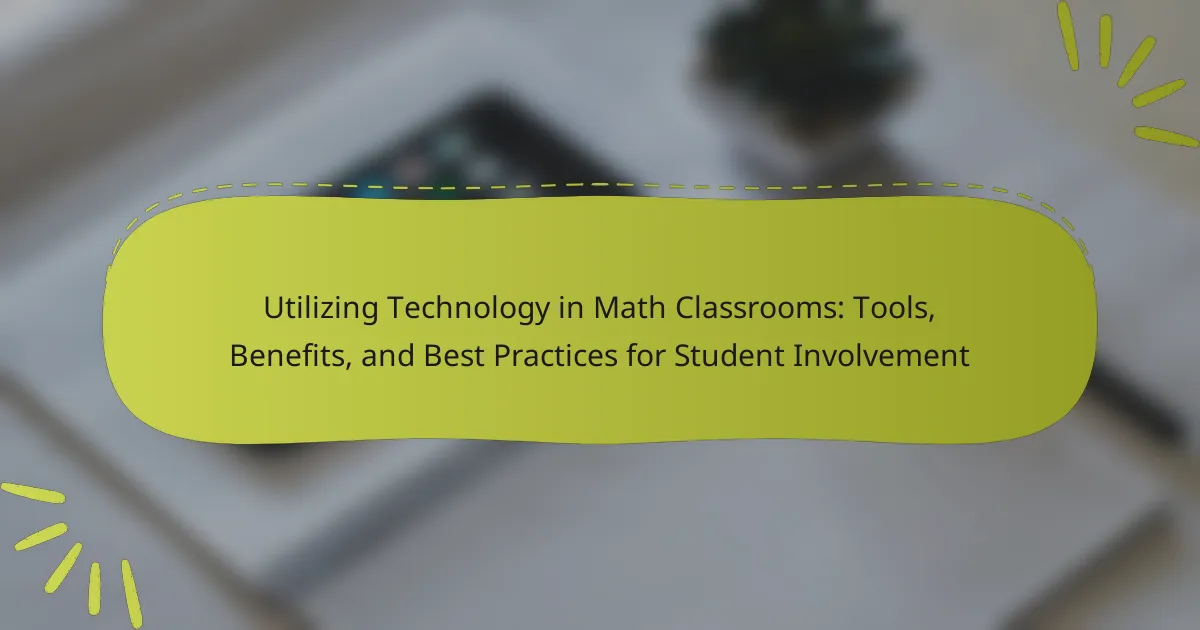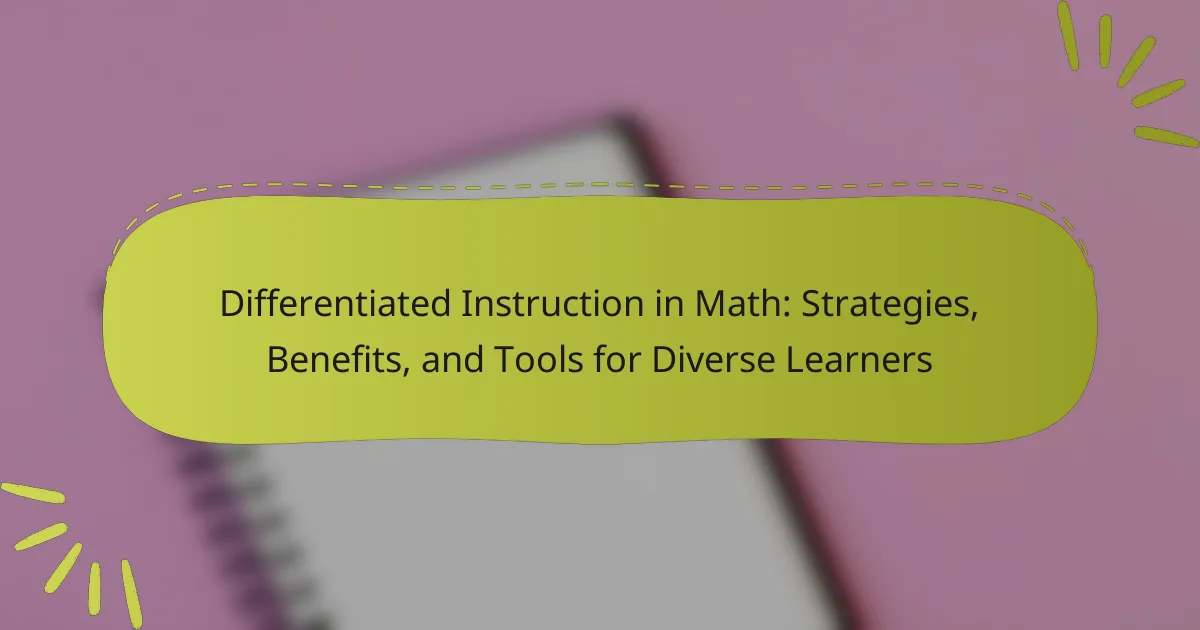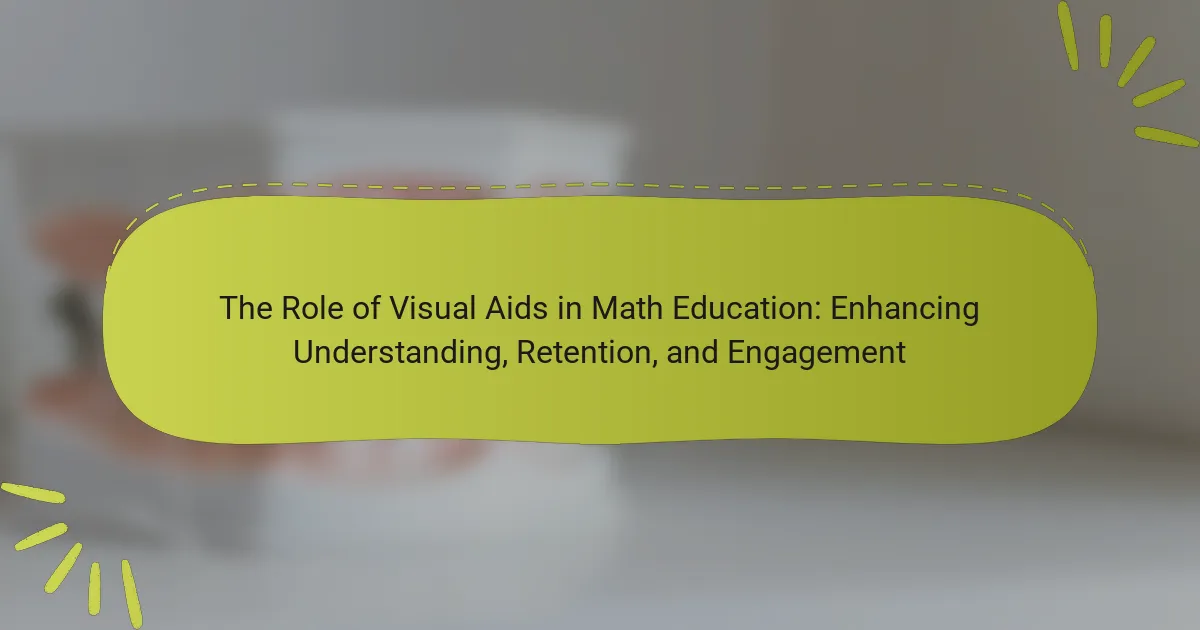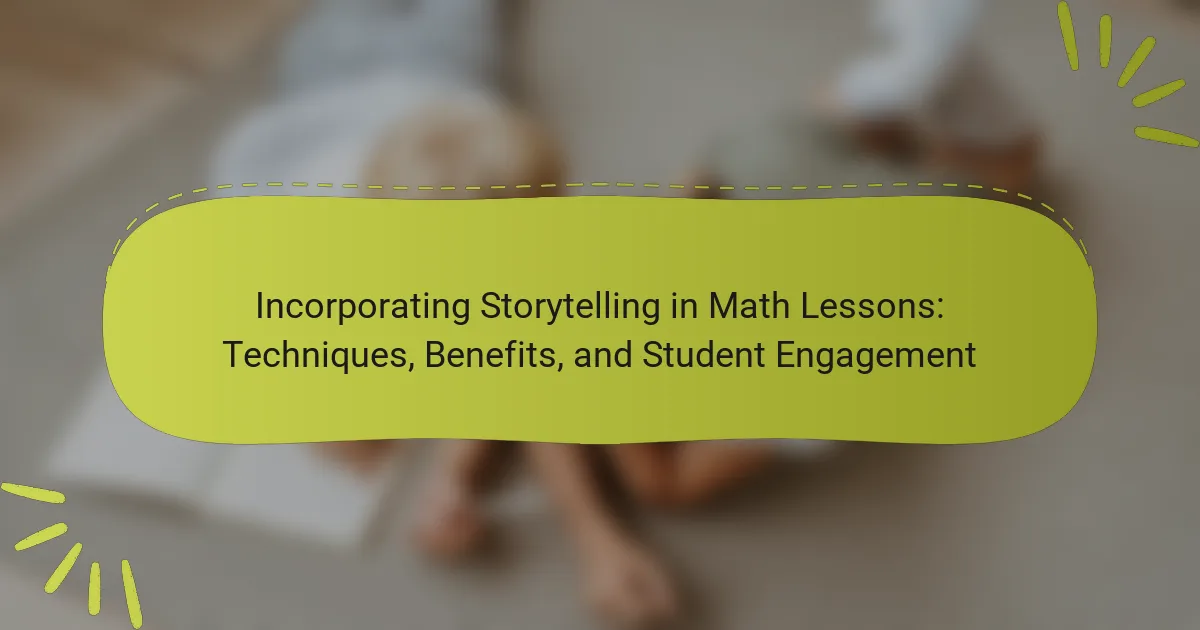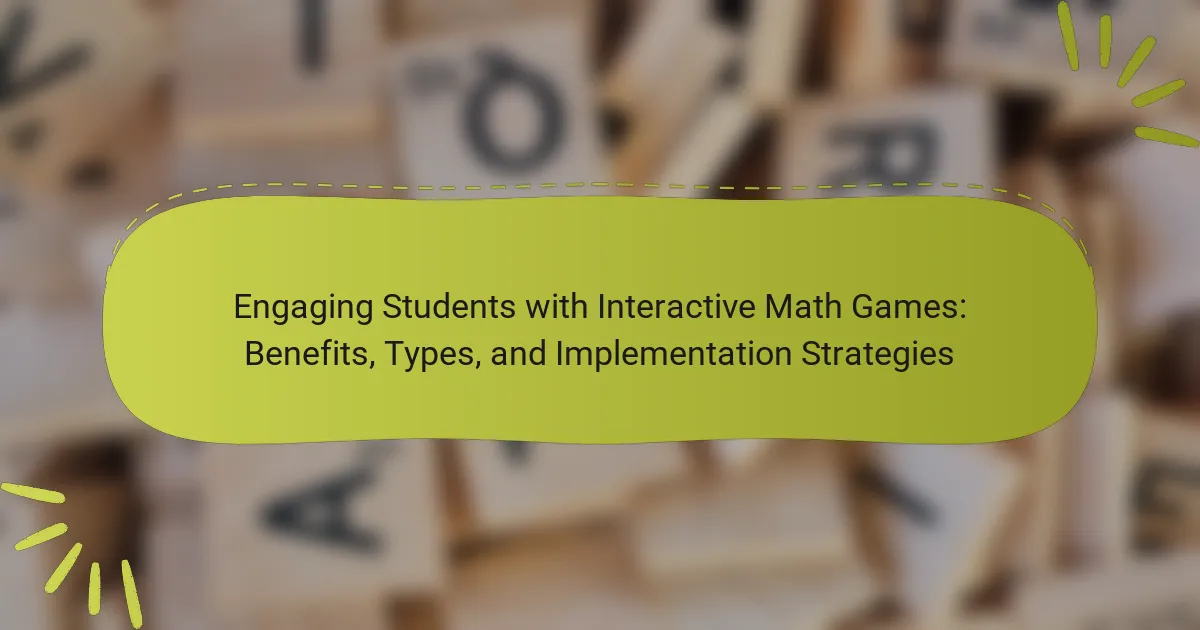
Engaging Students with Interactive Math Games: Benefits, Types, and Implementation Strategies
Interactive math games are activities designed to enhance mathematical skills through engaging and enjoyable methods. These games, which can be digital or physical, facilitate practice in key concepts such as addition, subtraction, multiplication, and division, while also fostering competition and collaboration among students. Research indicates that participation in these games can significantly boost student motivation…

